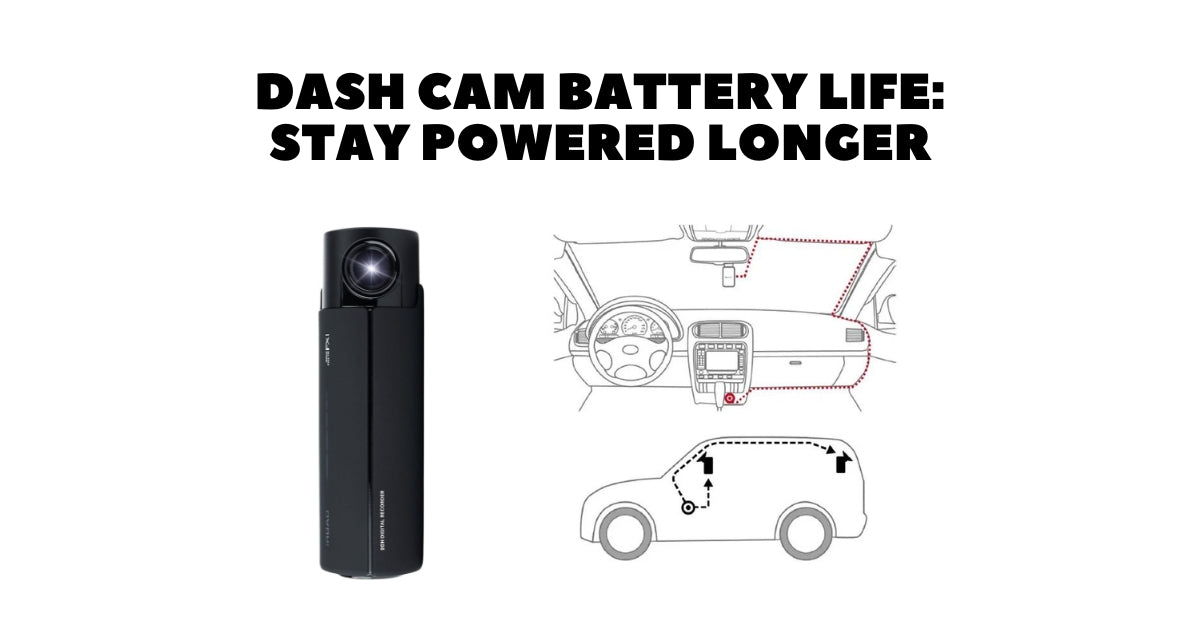Dash cameras have become indispensable for modern drivers, providing an added layer of security and peace of mind. When choosing a dash camera, one crucial factor to consider is its battery life. Let’s explore the types of power sources and factors affecting battery performance:
Internal Batteries:
Many dash cameras come equipped with built-in rechargeable lithium-ion batteries. These batteries allow the camera to continue recording briefly even after the vehicle’s engine is turned off. The primary advantage of internal batteries is their ability to capture footage during sudden power losses (e.g., after an accident) when the car’s power is cut.
Capacitors:
Some dash cameras use capacitors instead of traditional batteries. Capacitors have a shorter energy retention period compared to batteries but excel in extreme temperatures. They are less likely to fail or swell, making them suitable for environments with significant temperature fluctuations.
Factors Affecting Battery Life:
Recording Resolution and Frame Rate:
Higher resolution (e.g., 4K) and frame rate settings (e.g., 60 fps) consume more power. Users should balance the need for high-quality footage with battery longevity.
Additional Features:
Features like GPS tracking, Wi-Fi connectivity, and motion detection impact battery life. While enhancing functionality, these features also increase power consumption. Remember to choose a dash camera that aligns with your specific needs and driving habits.
Parking Mode:
Many dash cameras feature a parking mode that allows continuous recording even when the vehicle is turned off. However, this mode can drain the battery rapidly unless the camera is hardwired to the car’s power supply or connected to an external battery pack.
Temperature Considerations:
Lithium-ion batteries are sensitive to extreme temperatures. High temperatures accelerate battery degradation, while low temperatures reduce capacity. Capacitor-based dash cameras are better suited for regions with extreme weather conditions.
Extending Battery Life:
Hardwiring:
Connecting the dash camera directly to the car’s electrical system ensures a constant power supply, reducing reliance on the internal battery.
External Battery Packs:
External battery packs provide additional power, ideal for extended parking mode usage. These packs are rechargeable and extend camera operation without draining the vehicle’s battery.
Regular Maintenance:
Keeping the dash camera’s firmware up-to-date optimizes power efficiency.
Optimal Settings:
Adjusting resolution, frame rate, and loop recording intervals conserves battery life.
In summary, choose a dash camera wisely, considering battery life, features, and external power options. A well-selected vehicle dash camera will provide reliable performance and long-lasting security for your driving experience. By understanding the factors affecting battery life, you can ensure your dash cam remains functional when you need it most. Investing in the right vehicle dash camera with appropriate power solutions will enhance your overall safety and peace of mind on the road.
